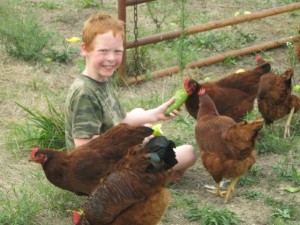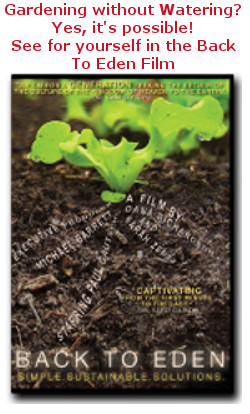This week I planted an experimental bed of Tillage Radish. I have several beds with hard clay starting about eight to ten inches below the top soil. Instead of using the double dig method on these bigger beds, I’m trying the Tillage Radish this year to see how it will work in breaking up this deep hard clay.

my tillage radish experimental beds
I learned about Tillage Radishes from the folks at Greene’s Country Store & Feed. Planted in August, these radishes are to produce long, extended taproots that drill through hardpan, breaking it up and improving drainage and air movement deep in the soil.
During its growth phase, it takes up large amounts of nitrogen and other key soil nutrients. While it grows, it acts as a cover crop producing dense foliage that blocks out winter annual weeds.
The radish grows rapidly until the beginning of winter, and then is killed off by several cold nights in the “teens.” When it dies, it begins to decay leaving a void in the soil where the plant was, creating a partial “no-work” aeration system and increasing microbial activity. Moreover, nitrogen stored in the plant is slow-released back into the soil as the plant decays.
These radishes can be planted among other types of cover crops such as clover, peas and oats providing additional soil building benefits. I’m just going with the radish this year but will likely experiment with other combinations in the years ahead.
Sounds pretty good! We’ll see how it goes, and I’ll report back later in the year.
Have you ever used radishes to improve your soil? How did it work? Are there any cover crops that you have used to break up hardpan?














